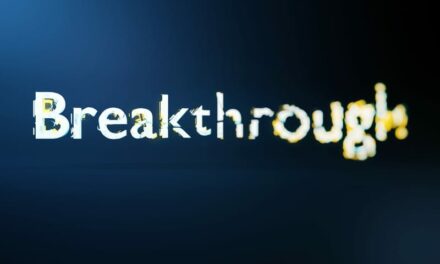.png)
Researchers say that of the 20 patients participating in the study, the overall NIHSS score did not differ between the evaluating physicians by more than one point in 17 patients, a difference of two points was found between two patients, and one patient’s score differed by three points.
The study was led by Eric Anderson, MD, PhD, Emory University in Atlanta, Ga. Anderson highlights the iPhone4 as, “An economical mobile solution that can be used to assess stroke patients remotely with high fidelity and can be readily incorporated into a telestroke network.”
The study’s participants were patients admitted to Grady Memorial Hospital in Atlanta for acute stroke. Under the direction of another physician via the iPhone4, a bedside physician evaluated the patients.
The scores between the physicians aligned in 10 categories of evaluation used in the NIHSS. The alignment of the physician’s NIHSS scores ranked as moderate in three categories (gaze, facial palsy, and dsyarthia) and poor in a single category (ataxia).
Researchers spotlight the iPhone 4 as a good standalone approach for remote consults or as an addition to existing networks. The researchers also listed the wide availability, portability, and relatively low cost infrastructure compared to existing approaches, as benefits of the iPhone4.
Reported limitations included individuals who could not follow the commands and those with aphasia who could not provide patient consent. The FaceTime software is also limited, researchers say, as it cannot be used over the cellular and requires a WiFi connection on both ends.
The study appears in the Journal of Stroke and Cerebrovascular Diseases.
Source: Journal of Stroke and Cerebrovascular Diseases


